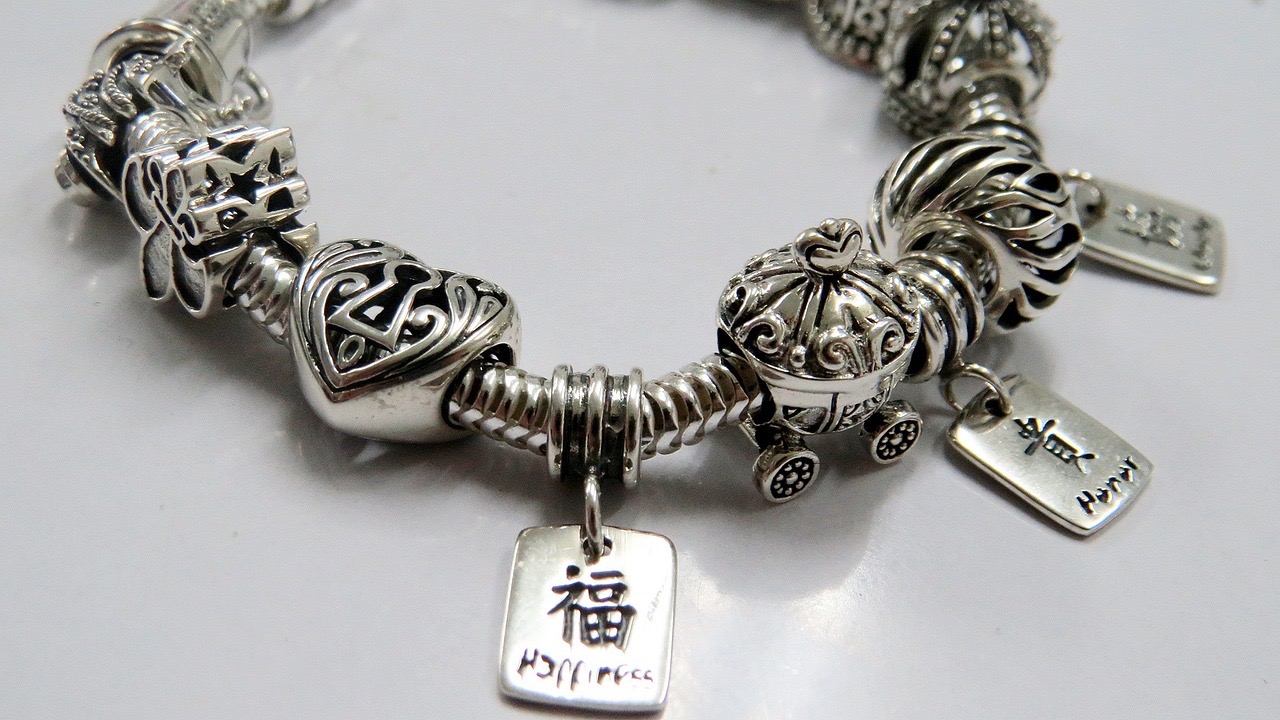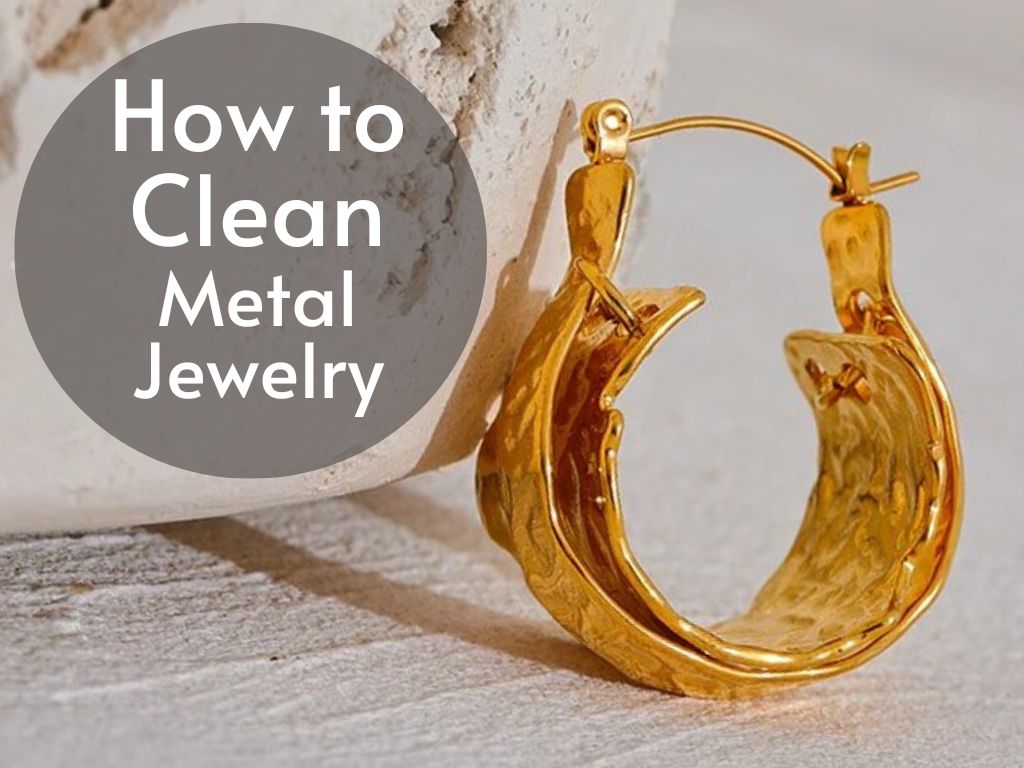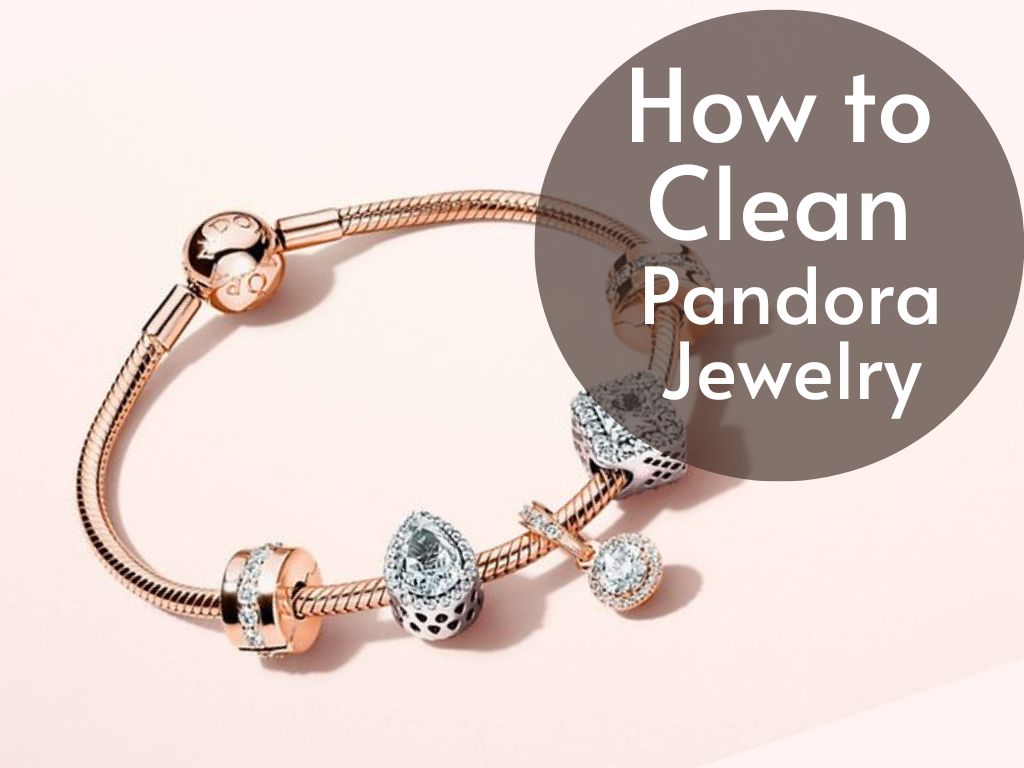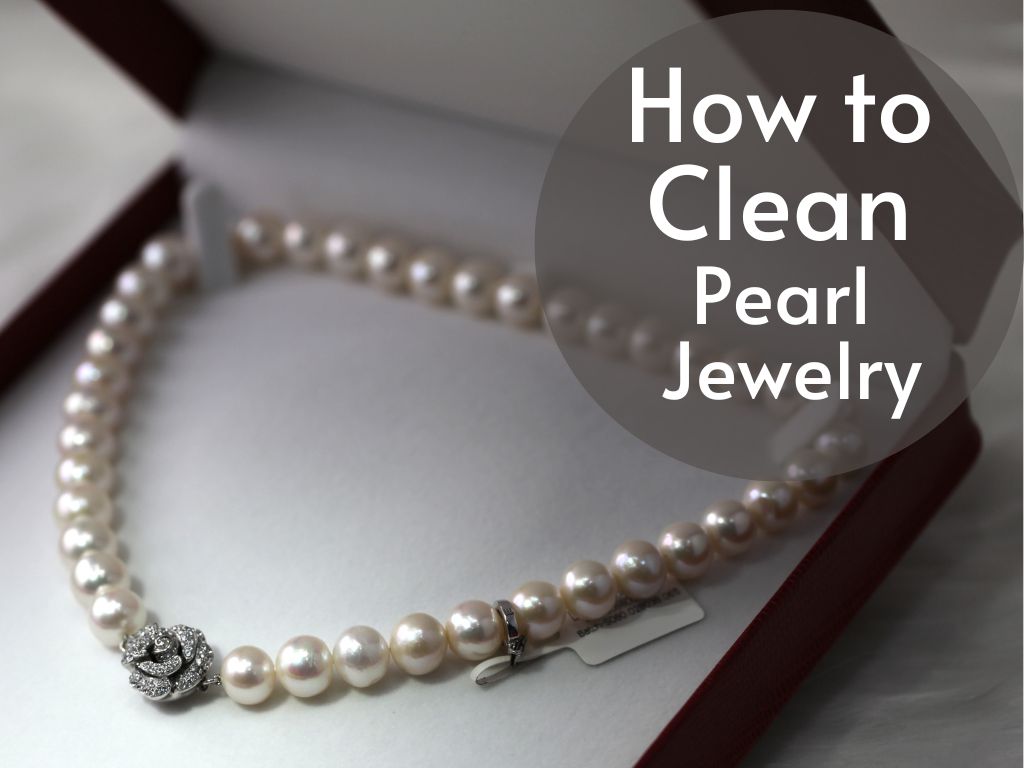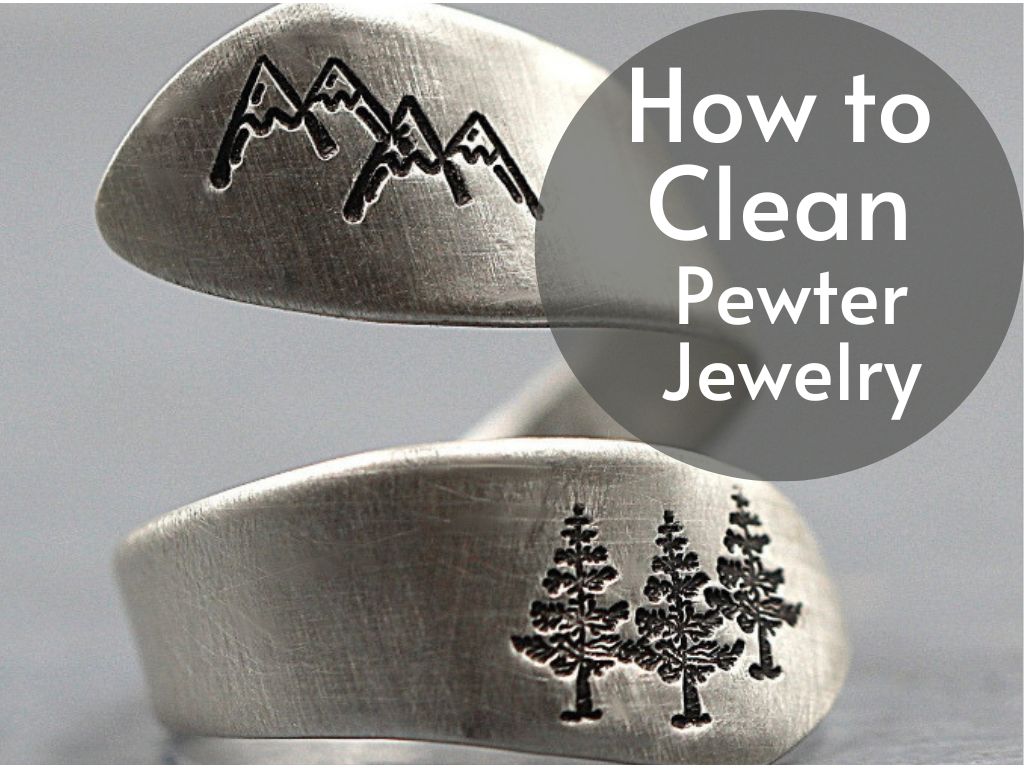Sterling silver jewelry is more than just an accessory; it’s a statement of elegance and style. Whether it’s a cherished heirloom or a recent addition to your collection, your silver pieces deserve the utmost care to preserve their timeless beauty. Over time, silver jewelry can lose its luster due to tarnish, dirt, and exposure to various elements. But fear not, as we embark on a journey to unlock the secrets of restoring your precious silver to its former glory.
In this comprehensive guide, we’ll take you step by step through the process of cleaning sterling silver jewelry. We’ll explore the different cleaning methods, from the simplicity of soap and water to the intriguing alchemy of baking soda and aluminum foil. By the end of this journey, you’ll be equipped with the knowledge and tools needed to maintain your sterling silver jewelry, ensuring it continues to shine and captivate for years to come. So, let’s roll up our sleeves and learn how to make your silver pieces sparkle again.
Common Problems with Sterling Silver
Sterling silver jewelry, while stunning, is not immune to the passage of time and the rigors of wear. Here are the most common issues that can affect the allure of your sterling silver pieces:
1. Tarnish: Tarnish is the enemy of sterling silver. It occurs when silver reacts with sulfur in the air, resulting in a dull, darkened appearance. Tarnish can make your silver jewelry lose its shine and radiance.
2. Discoloration: Over time, sterling silver can undergo discoloration, which may manifest as a yellow or even a blackish tint. Discoloration can occur due to exposure to various elements, such as chemicals or moisture.
3. Dirt and Grime: Everyday wear can lead to the accumulation of dirt, oils, and other residues on your jewelry. These particles can obscure the beauty of your silver pieces, making them appear lackluster.
Materials Needed for Cleaning
To effectively restore the brilliance of your sterling silver jewelry, you’ll need a few essential materials and tools. Here’s a list of what you’ll require for the cleaning process:
1. Soft, Lint-Free Cloth: A soft cloth is your silver’s best friend. It’s ideal for gently wiping away dirt and grime without causing scratches or damage.
2. Mild Dish Soap: Choose a mild dish soap without harsh additives, such as citrus or bleach. This soap will be used to create a gentle cleaning solution for your jewelry.
3. Soft-Bristle Toothbrush: A soft-bristle toothbrush is a handy tool for reaching into intricate details and crevices in your jewelry, ensuring a thorough cleaning.
4. Baking Soda: Baking soda, a household staple, will come in handy for a natural and effective cleaning method that helps combat tarnish.
5. Aluminum Foil: When combined with baking soda, aluminum foil creates a chemical reaction that can help lift tarnish from your silver pieces.
6. Commercial Silver Cleaner (Optional): If your jewelry requires a deeper clean, you can opt for a commercial silver cleaner. However, use this with caution and always follow the manufacturer’s instructions.
7. Polishing Cloth: A specialized silver polishing cloth can be your secret weapon for maintaining the lustrous shine of your silver jewelry. It’s gentle yet effective.
By having these materials on hand, you’ll be well-prepared to address the common problems that affect sterling silver jewelry and maintain its radiant allure. Let’s dive into the various cleaning methods and tips to bring back the sparkle to your silver treasures.
Cleaning Methods
Now that you’re equipped with the essential materials, let’s explore the different methods for cleaning your sterling silver jewelry. The method you choose depends on the level of tarnish or dirt on your jewelry and your personal preferences.
Method 1: Gentle Soap and Water
This is a mild and safe method for cleaning your silver jewelry, suitable for routine maintenance.
- Prepare a Soapy Solution: Fill a bowl with warm water and add a few drops of mild dish soap. Make sure the water is not too hot; lukewarm water is best.
- Soak Your Jewelry: Place your silver jewelry in the soapy water and let it soak for a few minutes. This helps to loosen dirt and tarnish.
- Gentle Scrub: Gently scrub your jewelry with a soft-bristle toothbrush. Pay close attention to any intricate details or areas with tarnish.
- Rinse and Dry: Rinse your jewelry with clean, lukewarm water to remove all traces of soap. Pat your jewelry dry with a soft cloth to prevent water spots and water stains.
Method 2: Baking Soda and Aluminum Foil
This method is more effective for tarnished jewelry and uses a simple chemical reaction to remove tarnish.
- Line a Bowl with Aluminum Foil: Place a piece of aluminum foil, shiny side up, in a bowl.
- Add Baking Soda: Place your tarnished silver pieces on the aluminum foil, ensuring they’re in direct contact with the foil. Sprinkle a layer of baking soda over the jewelry.
- Pour Boiling Water: Carefully pour boiling water over the jewelry. You’ll notice a fizzing reaction as the tarnish begins to dissolve. Allow the jewelry to sit in this solution for a few minutes.
- Rinse and Dry: Remove your jewelry, rinse it with water, and pat it dry with a soft cloth. Polish it gently to restore its shine.
Method 3: Commercial Silver Cleaners (Optional)
Commercial silver cleaners are formulated specifically for silver jewelry. Follow the instructions on the product label, as the application methods may vary between brands.
- Read the Instructions: Review the instructions on the commercial silver cleaner bottle. Ensure you understand how to apply the product safely.
- Apply the Cleaner: Apply the cleaner as directed, which may involve dipping, soaking, or rubbing it onto your jewelry.
- Rinse and Dry: After cleaning, rinse your jewelry thoroughly with water to remove any residue. Dry and polish it with a soft cloth.
Method 4: Polishing Cloth
This method is for routine maintenance to keep your jewelry looking its best.
- Obtain a Polishing Cloth: Purchase a specialized silver polishing cloth. These are designed to gently polish silver without causing scratches.
- Gently Rub: Gently rub the cloth over your jewelry in a back-and-forth motion. This will help maintain the shine and luster of your silver.
By choosing the right cleaning method and using the appropriate materials, you can restore the beauty of your sterling silver jewelry and ensure it remains a dazzling accessory that enhances your style. The key is to regularly care for and maintain your silver pieces, keeping them radiant and elegant for years to come.
Avoiding Harsh Chemicals
When it comes to cleaning and maintaining sterling silver jewelry, it’s crucial to steer clear of harsh chemicals that can harm the metal’s delicate surface. Here’s why you should avoid them:
Harsh chemicals, such as bleach, ammonia, and some commercial cleaning products, can erode the protective layer on your silver jewelry and cause irreparable damage. They may also discolor the silver and harm any gemstones or intricate detailing. Avoid using these substances at all costs.
Storage Tips
Proper storage is essential to prevent tarnish and keep your sterling silver jewelry looking its best for the long haul. Here are some valuable storage tips:
1. Airtight Containers: Store your jewelry in airtight containers or zip-lock bags to minimize exposure to air, which is a primary cause of tarnish.
2. Anti-Tarnish Strips: Consider using anti-tarnish strips or pouches in your storage containers. These are designed to absorb moisture and protect your jewelry from tarnish.
3. Individual Pouches or Compartments: To avoid scratches and tangling, store each piece of jewelry separately in soft cloth pouches or in compartments of a jewelry box. This prevents pieces from rubbing against each other.
4. Dry Environment: Keep your silver jewelry in a dry environment. Moisture can accelerate tarnishing, so avoid storing it in the bathroom or any humid spaces.
5. Use Chalk: Placing a piece of chalk or silica gel packets in your storage container can help absorb moisture and prevent tarnish.
Professional Cleaning
While cleaning your sterling silver jewelry at home is usually sufficient, there may be instances where professional cleaning is the best option:
1. Complex Designs: If your jewelry has intricate designs, gemstones, or delicate detailing that make it challenging to clean on your own, it’s wise to seek professional cleaning.
2. Heirlooms or Valuable Pieces: Valuable or sentimental pieces, like family heirlooms, deserve the attention of a professional to ensure they are cleaned and cared for with the utmost expertise and care.
3. Regular Maintenance: For high-end silver jewelry collections, consider professional cleaning on a regular basis. Experts can clean, inspect, and even perform any necessary repairs to keep your jewelry in pristine condition.
When considering professional cleaning, be sure to choose a reputable jeweler or silver specialist who understands the specific needs of sterling silver. They can help you preserve the value and beauty of your jewelry, ensuring that it remains a cherished and timeless accessory.
Conclusion
Caring for your sterling silver jewelry is not just a matter of aesthetics; it’s a tribute to the craftsmanship, history, and value of your precious pieces. With the right knowledge and a little effort, you can keep your silver jewelry looking as brilliant as the day you first acquired it.
In this guide, we’ve explored the common problems that affect sterling silver, from tarnish to discoloration, and provided you with the tools and methods needed to address these issues. We’ve emphasized the importance of avoiding harsh chemicals and shared storage tips to protect your jewelry from tarnish in the long run.
Remember that the journey of preserving your sterling silver jewelry is ongoing. Regular cleaning and proper care are the keys to maintaining its radiance and value. By following the cleaning methods we’ve discussed, you can restore the shine and elegance of your jewelry, making it a stunning accessory that complements your style.
And should you ever find yourself faced with complex designs, heirlooms, or valuable pieces that require special attention, don’t hesitate to seek professional cleaning services. These experts can ensure that your most cherished jewelry remains in immaculate condition for generations to come.
So, whether you’re adorning yourself for a special occasion or simply enjoying the everyday beauty of your silver jewelry, take pride in knowing that you’re a custodian of a timeless legacy. With the knowledge and care shared in this guide, your sterling silver jewelry will continue to shine brilliantly, enhancing your style and telling a story of enduring elegance.
Frequently Asked Questions about Cleaning Sterling Silver Jewelry
Yes, these cleaning methods are generally safe for most sterling silver jewelry. However, be cautious when dealing with pieces that have gemstones or delicate detailing. In such cases, professional cleaning may be the safest option.
The frequency of cleaning depends on how often you wear your jewelry and the environment it’s exposed to. As a general rule, routine cleaning every few weeks or whenever you notice tarnish or dullness is recommended.
It’s not recommended. Toothpaste can be abrasive and may scratch the silver’s surface. Stick to the gentle cleaning methods mentioned in this guide for the best results.
Proper storage in airtight containers or bags and minimizing exposure to air and moisture are the most effective ways to prevent tarnish.
Store such pieces separately, ideally in individual pouches or compartments within your jewelry box. This will prevent scratching or damage to both the silver and the gemstones.
Use a soft-bristle toothbrush and take your time. Gentle scrubbing in crevices is effective. If you’re uncertain, consult a professional for a thorough cleaning.
While silver dips can be effective, they are also relatively harsh. Use them sparingly and only if other methods prove insufficient. Always follow the manufacturer’s instructions.
Look for a hallmark or stamp that says “925” or “Sterling.” This indicates that the jewelry is 92.5% pure silver.
Silver-cleaning cloths are more suitable for maintenance and polishing than for heavy tarnish removal. Use other cleaning methods for heavily tarnished pieces.
The cost of professional cleaning can vary depending on the complexity of the work and the jeweler you choose. It’s advisable for valuable or intricate pieces, but routine cleaning can usually be done at home at minimal cost.

